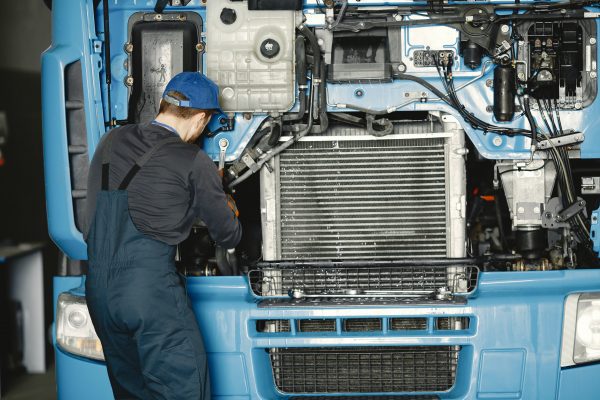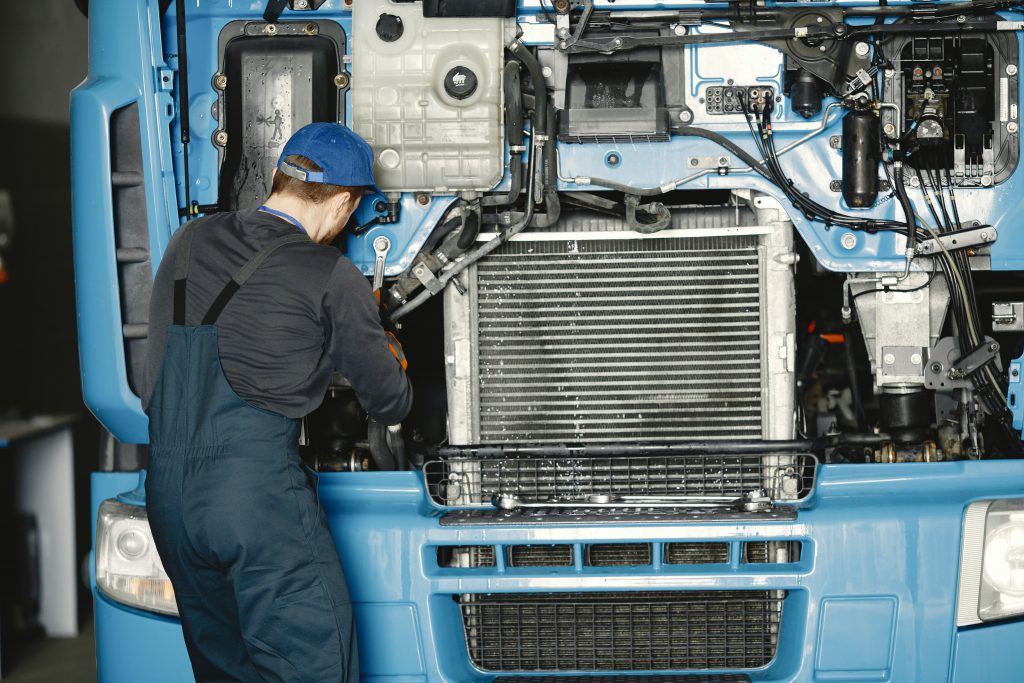
Semi-truck maintenance is perhaps the most significant factor in getting the most out of your fleet. Preventative maintenance and a reasonable maintenance schedule can both work to add extra years of service to your semi truck’s life, and you can also save money in the process.
Just like with commuter vehicles, semi-truck maintenance prevents costly repairs. Even if a repair issue is found, maintaining your semi-truck regularly means you can spot trouble before it turns into a catastrophe. This means you can address concerns faster, and repairs are generally less expensive as a result.
What to Consider in Preventative Maintenance
When it comes to semi-truck maintenance, prevention means checking over critical components that are known to experience wear, tear, and loss. Additionally, you will want to check truck components that signal that damage has occurred.
You’ll also want to check trucks more often if they have been involved in an accident or recently undergone a significant repair. These situations generally require more intensive maintenance until you can be assured that a problem will not reoccur.
Some things to check regularly include:
- Fluids
- Brakes
- Tires
- Electrical
Although every semi will have its own set of specific components that need to be checked, ensuring that the basics are covered during your inspection and maintenance routine can make a big difference.
When to Schedule Preventative Maintenance
Your semi-truck maintenance schedule is going to be based on factors like:
- Years of service
- Overall condition of the truck
- Operating climate and terrain
- History of accidents and repairs
Because each semi-truck is unique in operational location, there isn’t a one-size-fits-all maintenance schedule. Instead, you’ll need to consider the individual factors that affect your trucks on a daily basis, as well as the unique history of a semi-truck.
When you make a schedule, it’s vital that you stick to it. If a truck can’t be in your fleet’s shop for maintenance, consider working with other shops in your truck’s local area to stay on schedule. There’s nothing worse than finding out that a truck out on the road hundreds of miles away needs a major repair that could have been prevented.


